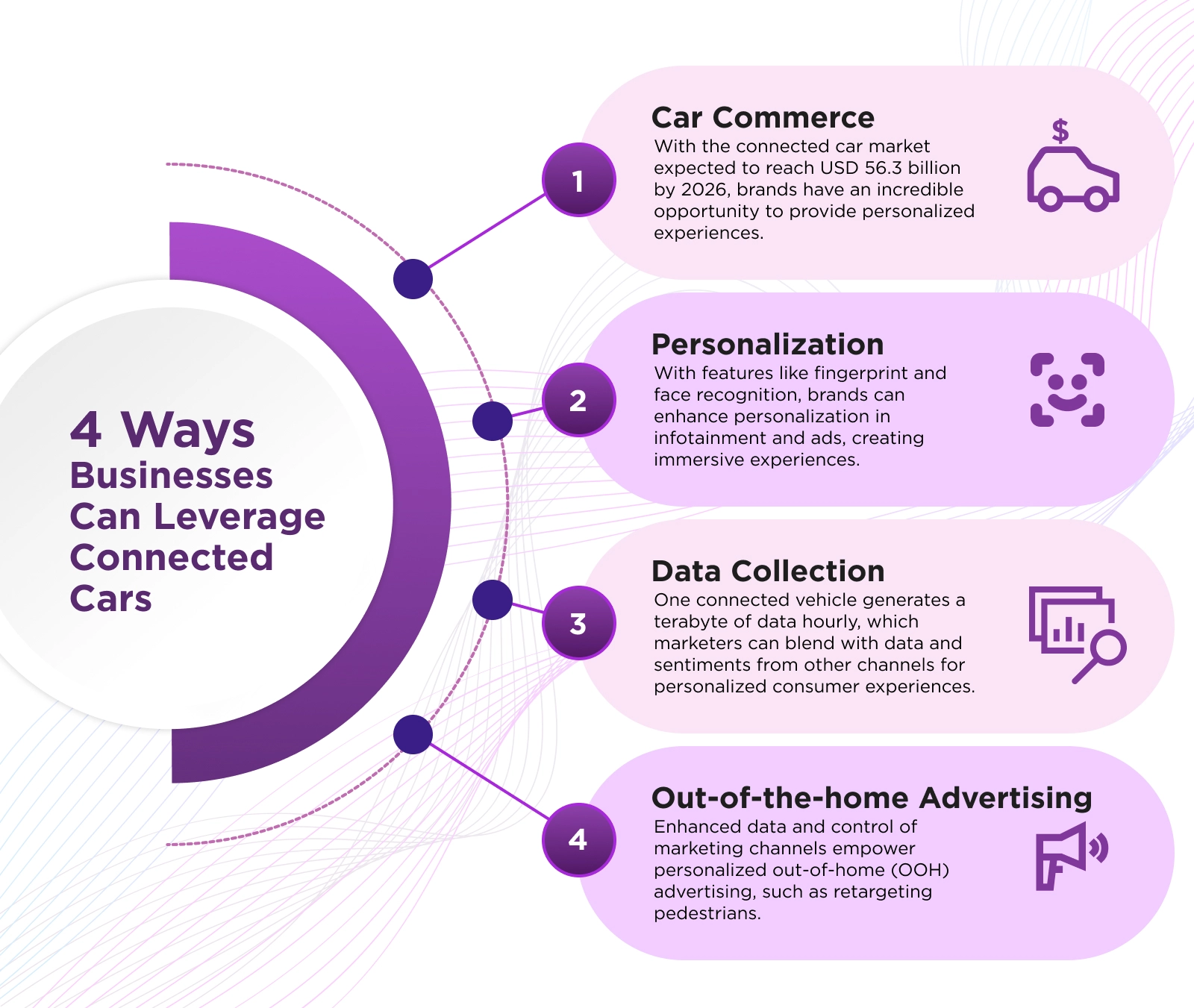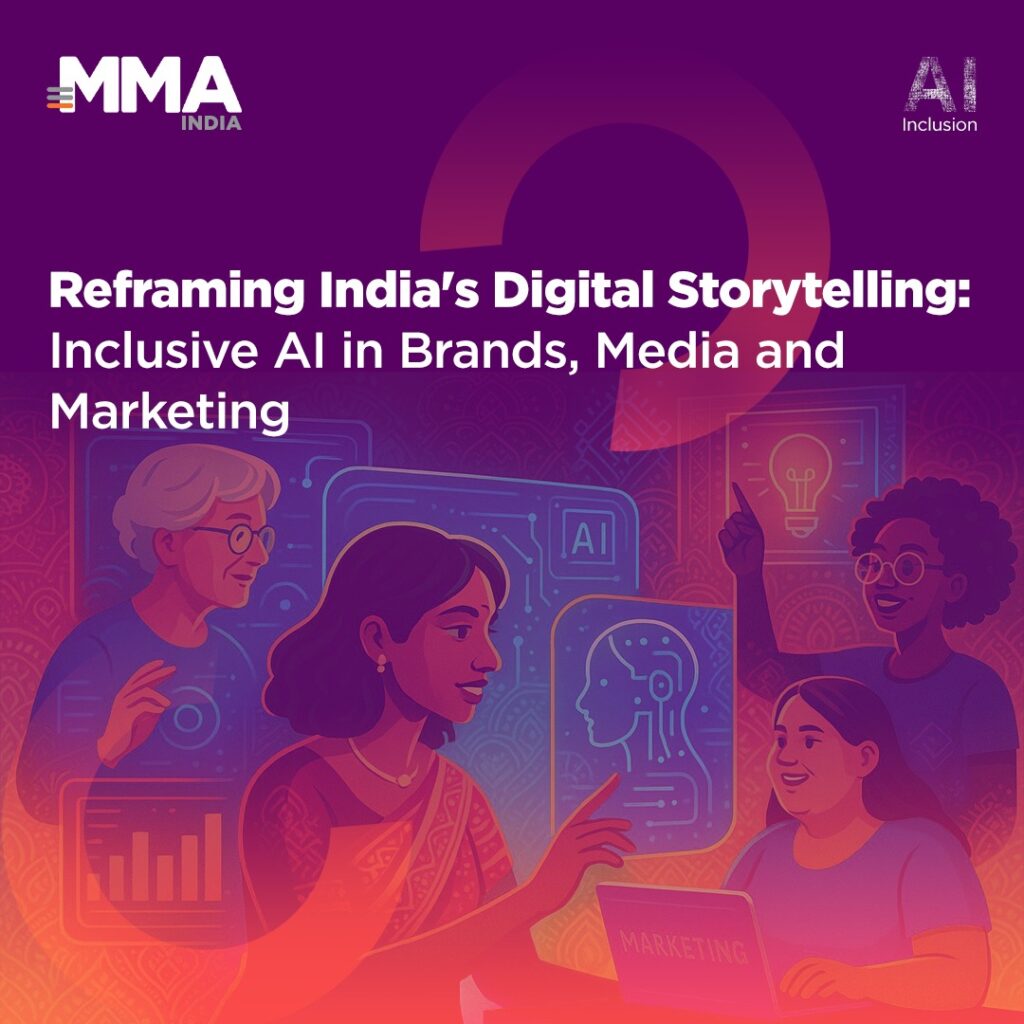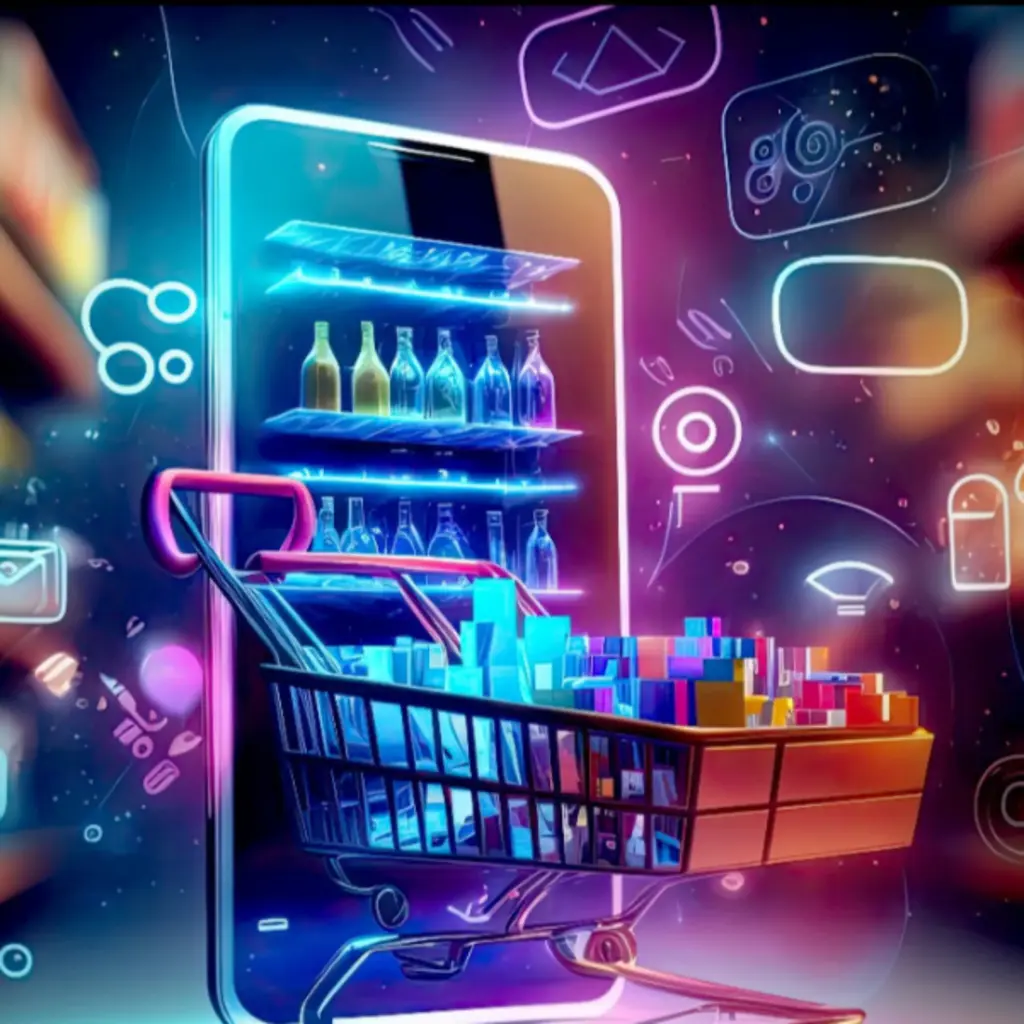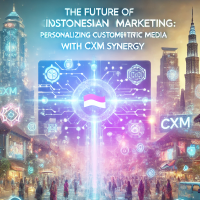Voice-enabled advertising: conversational commerce and connected cars
“Hey Siri, what’s the weather like today?”
From voice-searching to sending voice commands on Smart Home Devices such as Apple HomePod and Google Assistant, consumers’ comfort and preference have rapidly shifted towards voice-based channels.
An Adobe Analytics study reveals that 91% of business decision-makers are investing significantly in voice; 94% plan to increase their investment, and 71% see it improving their customer experience.
It should be of no surprise that a recent study reveals that humans process sounds faster than any other sense. In fact, IAB recognizes audio as “an emotive modality: sound influences emotion.”
These trends reflect a radical shift in how shoppers discover products and services. It’s time marketers capitalized on the opportunity.
The Screenless Revolution
Voice commands are dominating the search queries, and Google reveals 20% of its queries on Mobile apps and Android Devices are voice-based, and the number is expected to only grow as Google’s voice assistant is now available on over 400 million devices.
Some of the most notable brands have already started leveraging voice-based channels to preserve their brand and meet customers at ever-increasing touchpoints. For example, Gaana, India’s largest music streaming service, introduced a voice search service on its app to tap into the rural base and expand its audience. Within a year of launch, 24% of users played their favorite music using this feature.
Another instance is when Estée Lauder introduced a new campaign where Spotify users listening from Google Home Services could verbally request its new beauty serum. The ad led to a ‘Send Me a Sample’ call-to-action and saw impressive growth.
 Image source: Estée Lauder
Image source: Estée Lauder
This presents marketers with a lucrative opportunity to tap into voice-based channels. One of the most prominent shifts can be seen in car commerce as the rise of connected cars is revolutionizing how people live, travel, and shop.
Connected Cars Revolutionizing Commerce

A connected car is a smart car that’s connected with the internet through an in-built connectivity system. It can interact with devices inside the car, and even smart home devices. The rise of IoT devices and 5G networks are fueling this change.
With the ability to create in-car and out-of-car experiences, marketers have new possibilities to engage their audience and create a seamless omnichannel experience.
For instance, in the U.K., advertisers leverage billboards that can scan cars on the road leading to showing a personalized and targeted message based on the vehicle they own.
It’s only a matter of time before consumers can see the ad on a billboard related to the website they were browsing just a while back. While there are endless ways marketers can leverage this opportunity, here are a few ways leverage connected cars:
-
Car commerce
The connected car market is expected to reach USD 56.3 billion by 2026. One of the best use cases of connected cars will be car commerce. With autonomous driving freeing up drivers’ hands and minds, they focus on other experiences in the car, such as browsing products, shopping, or looking for new destinations.
For instance, a consumer driving from the office to a party can purchase a bouquet on the way, look for the nearest gas station, pay from the car, and select the shortest route.
-
Personalization
Connected cars will open a flood gate of opportunities for marketers to personalize the shopping experience for their consumers. For example, a connected car can identify its drivers with a fingerprint scanner, face recognition, leading to personalized infotainment, and ads, resulting in creating an immersive experience.
-
Data collection
A single connected vehicle is expected to produce over one terabyte of data per hour.
With sensors, location, and other such data, marketers could extract an incredible deal of data that can be combined with data and sentiments from other channels, such as social media, to create a personalized and immersive experience for its consumers.
-
Out-of-the-home advertising
The increased insights, data, and control over amplified marketing channels will enable marketers to personalize out-of-home (OOH) advertising. For instance, a pedestrian looking at a brand’s website can be retargeted via a billboard they are moving across.
Conversational commerce and connected cars are at a very fragmented stage currently. However, marketers that leverage this opportunity will stay ahead of the curve and gain a competitive edge.
Some of the downsides could pertain such as road safety and data privacy. However, original equipment manufacturers (OEMs) will need to take care of car safety, and marketers need to take a data-first approach to unlock a safe and comfortable shopping experience for consumers.




















